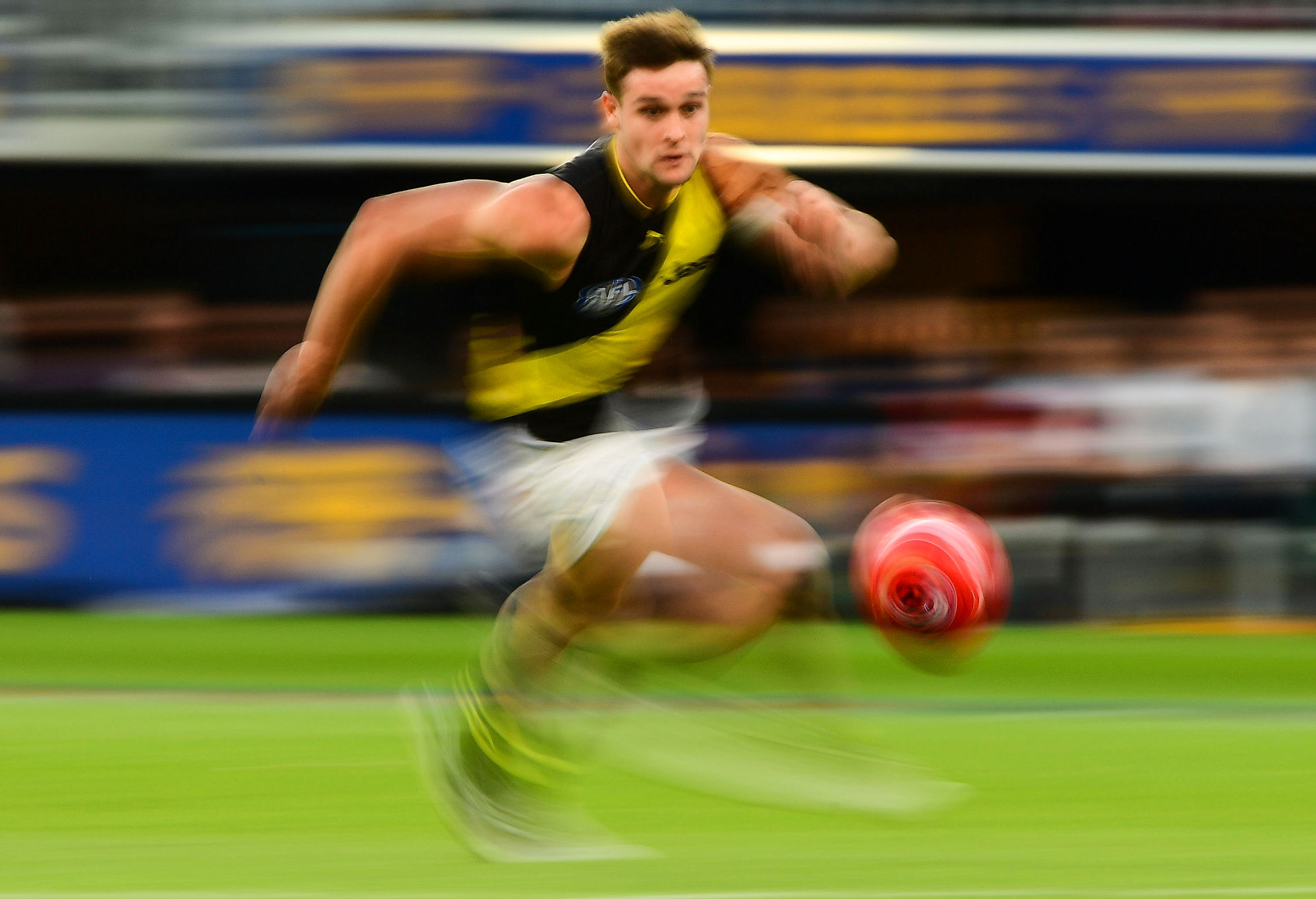The data says Brisbane are a flag contender - but the eye test tells a completely different story
There’s a slight disconnect between the data, the record and the eye test for the Brisbane Lions to start season 2024. This week, Champion…

As long as there are days like last Saturday at the MCG, the indigenous game will continue to be high in the nation’s sporting consciousness.
Late in a season that’s been light-on for memorable matches, that’s reassuring for fans of the game formerly known as Aussie rules.
Once, things were so easy and secure. It was as though the major codes operated a mutually beneficial cartel. You could be flown blind-folded to another part of the nation and as soon as you saw a local playing-field you knew you were in either rules or league country. Back then, you embraced one code and one beer.
Things began to change in the 1980s, when the Swans went to Sydney. At about the same time, Fourex came south and Swan moved east. Remember those ads? We said they’d never make it. Well, we were wrong. The Swans slowly found a following, and before long we were even feeling a Fourex coming on.
Make no mistake, the change over 35 years has been seismic. What was once unthinkable has not only happened, but it’s become the accepted norm.
[latest_videos_strip category=”afl” name=”AFL”]
The two long-time codes of the people have crossed the Murray: one from the north, the other from the south. Meanwhile, the great global code has risen.
Nowadays, Australian soccer fans are gutted not when we don’t quite qualify for the World Cup, but when we fail to advance beyond the opening round. One day, the disappointment will kick in when we don’t reach the quarter and semi-final rounds. Then what?
At least it means that great old debate as to ‘football’ naming rights is more earnestly fought than ever. My Russian barber put it to me during the World Cup that the round-ball game, and no other, is ‘football’. These days I have a reply at the ready.
It takes the form of a question: which is the only code that requires the ball to be kicked for a goal to be scored?
This brings me the pathetic smugness that goes with the scoring of a small debating point. Not that too many are on my side, as these days the majority share their passion across the codes. I’m one of the last of the dinosaurs (an ugly one at that, as lately I’ve been wandering around with a shocking haircut).
Anyway, back to last weekend, which was one of the AFL’s better ones this year. When a goal as freakish as that kicked by Jack Higgins is the most controversial event of the round, things are good. And what a great argument the goal created.
Having given the matter three days’ consideration, I can’t seriously fault the decision by umpire Brendan Hosking to allow play-on, and for the goal to stand. As some have pointed out, it’s not entirely unfamiliar these days for a player to manufacture a kick when lying on his back. This involves throwing the ball upwards to give the player a swing at it.
Also in Higgins’ favour is that he was seeking to keep the ball ‘alive’, which is very much in keeping with the spirit of the game and its laws.
This is not to say the umpires should interpret the rules simply to provide maximum crowd excitement. The laws of the game are there for a purpose, and when the game compromises itself in the name of entertainment, it’s on a slippery-slide to ruin. Yet some argue for this.
The entertainment comes when players find ways to do amazing things despite the laws making such execution difficult. The idea, for example, that a player should be allowed to use his hands on an opponent’s shoulders to launch for a big mark is a case in point. Allow that, and you’ll soon have every second-rater taking ‘hangers’.
The game must heed the exhortation of John Kennedy (the president, not the coach): “We do these things not because they are easy, but because they are hard.”

Jack Higgins of the Tigers (Photo by Daniel Carson/AFL Media/Getty Images)
The weekend’s other great controversy came from the match played at Ballarat.
Previously the province of one-day international cricket, day-night games extended to the AFL via what’s called the twilight fixture. This has become popular to the extent that it may even be employed for the grand final before long. But such matches are played in well-developed stadia with vast lighting towers.
With no offence to Ballarat and its footy ground, ‘vast’ and ‘towers’ aren’t words to be applied to the current lighting system there.
Not that games haven’t been staged under such basic lighting. The erstwhile VFL’s night premiership of the 1950s and ‘60s was played at South Melbourne.
This was a competition fought out during September by the eight teams that had missed the ‘four’. Old-timers say the lights of the Lakeside Oval left corners of the ground in shadow: convenient for the settling of scores over any nasty business from the season-proper.
Vive la difference. It’s all been part of the rich tapestry.